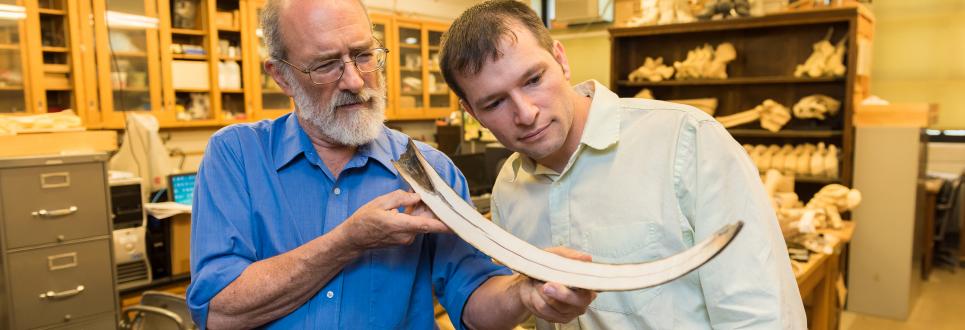Aid Payments & Your Bill


Financial aid is paid out at the beginning of the term for which you have enrolled. When and how you receive your aid depends on the type of aid you receive and whether you have completed requirements for receiving your funding.
Your aid will be disbursed based on full-time enrollment. Read the information on this page carefully to find out about how different types of financial aid are disbursed, when you can expect to receive them, and what you must do to receive your funds.
If you are not enrolled full-time by the end of the drop/add period, your aid will be adjusted at that time and you will receive a revised financial aid notice reflecting your level of enrollment.
If you enroll in a class, do not attend, and later withdraw, your aid will be adjusted if withdrawing results in less-than-full-time enrollment. You must be enrolled by the drop/add date or your aid will be cancelled. If you enroll after the drop/add date, your aid will not be reinstated.
Financial aid is paid out at the beginning of the term for which you have enrolled. Thereafter, students will receive aid within two weeks after they have:
Grants, scholarships, and loans administered by the Office of Financial Aid are first applied to your U-M student billing account to pay tuition, fees, university-operated housing, and other direct university charges. U-M grant funds are applied first to tuition, then to other on-campus charges. Aid awarded for a specific term can only be used to pay charges for that term and will only be disbursed during that term. See the Student Account and eBill page for more information
Students earn Work-Study funds by working for eligible Work-Study employers and earning a paycheck, typically paid bi-weekly through the employer's payroll system. They do not appear as aid on your student account. Employers pay a percentage of students' wages and federal funds pay the remaining wages.
The U-M Student Employment Office maintains listings of eligible Work-Study jobs. Students contact employers directly to apply. Show the employer a copy of your financial aid notice and proof that you are enrolled at least half-time and inform them if your Work-Study eligibility changes.
For more information about the Work-Study program, see Work-Study & Other Jobs.
If you have a private scholarship check and the scholarship sponsor or donor sends funds to the university, the funds will be applied directly to your university student account, one-half in the fall term and one-half in the winter term, unless otherwise specified by the scholarship sponsor. Payments are usually processed within two weeks of the start of each term, upon full-time registration.
If your scholarship sponsor sends your scholarship check directly to you, follow the instructions on the Scholarship Checks page to make sure it is applied to your university student account.
If you have financial aid funds that exceed the charges on your student account at the time of disbursement, you will receive a refund, which may be used to pay other educationally related expenses. (Note that if subsequent charges are made to your account, you are responsible for paying them. Be sure to read the Terms and Conditions page.)
Your refund will be issued in the form of either a direct deposit into your bank account or a check mailed to your current local address. See below for information about what to do if you have excess funds but do not receive a refund check or deposit.
Direct Deposit is available through Wolverine Access and is the university's preferred way to pay your financial aid. It is also the best way to ensure your aid funds are received in a timely manner. To have your financial aid refunds deposited directly to your bank account:
Under some circumstances, your refund will appear as a credit on your student account. You will need to request that a refund check be issued to you for this credit. A check for your refund will not be issued automatically. In this case, you may contact Student Financial Services to request that the funds be released to you.
Likewise, Graduate Student Employees with full tuition waivers and students receiving assistance through the Michigan Education Trust or a ROTC tuition scholarship may need to request that their credit balances (excess aid) be released to them. These students should check their account on Wolverine Access and then contact us.
If your parents borrow through the PLUS Loan program, they may elect to have any excess funds refunded either to them or to you. If you receive a refund for a loan and you do not want it, notify us in writing. Not cashing the check does not cancel the loan. Here are your options:
Some types of aid can only be used to pay for certain types of charges. For example, federal aid funds may not be used to pay for orientation charges, phone bills, lost ID fees, etc.; and some aid is designated to cover only tuition charges. Therefore, you could receive a refund even if you have outstanding charges on your student account from the current term or previous terms.
If a balance remains on your student account, you are responsible for paying it after receiving a financial aid refund.